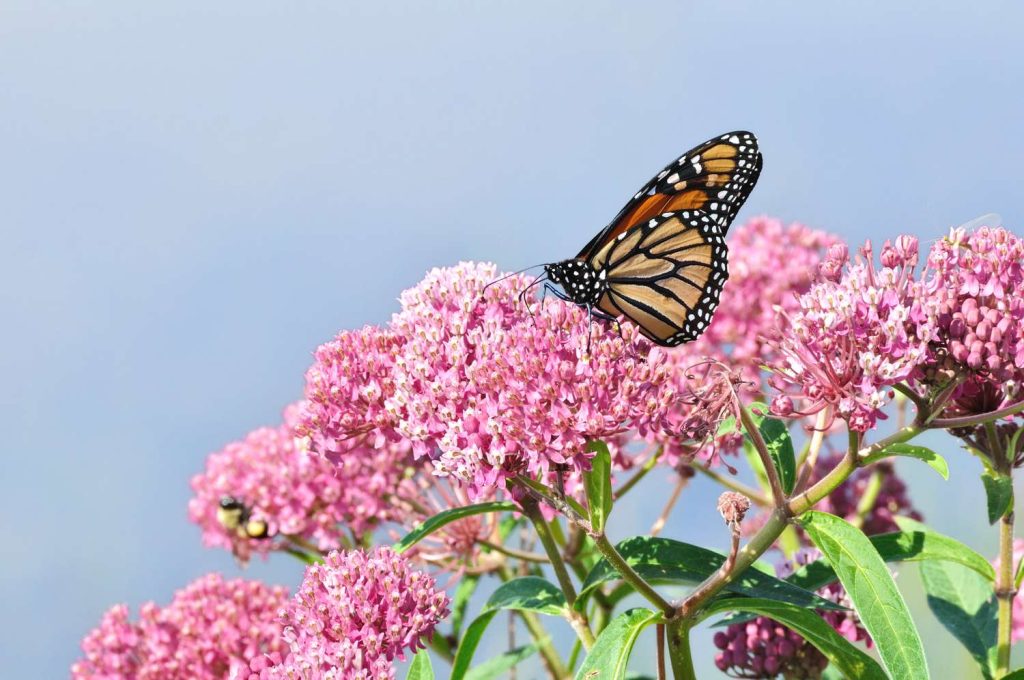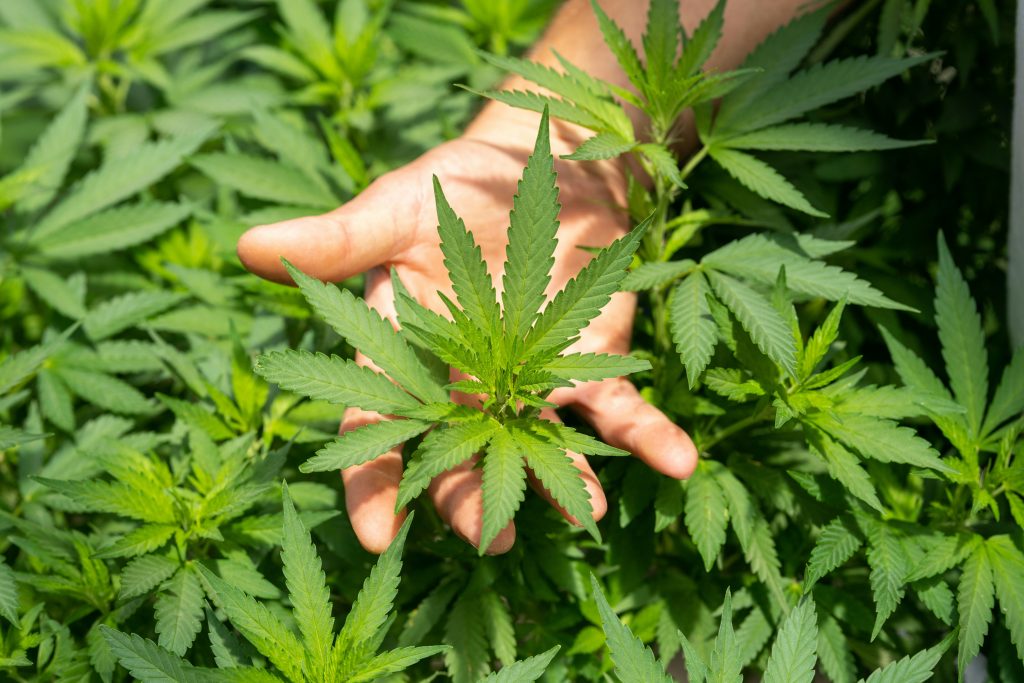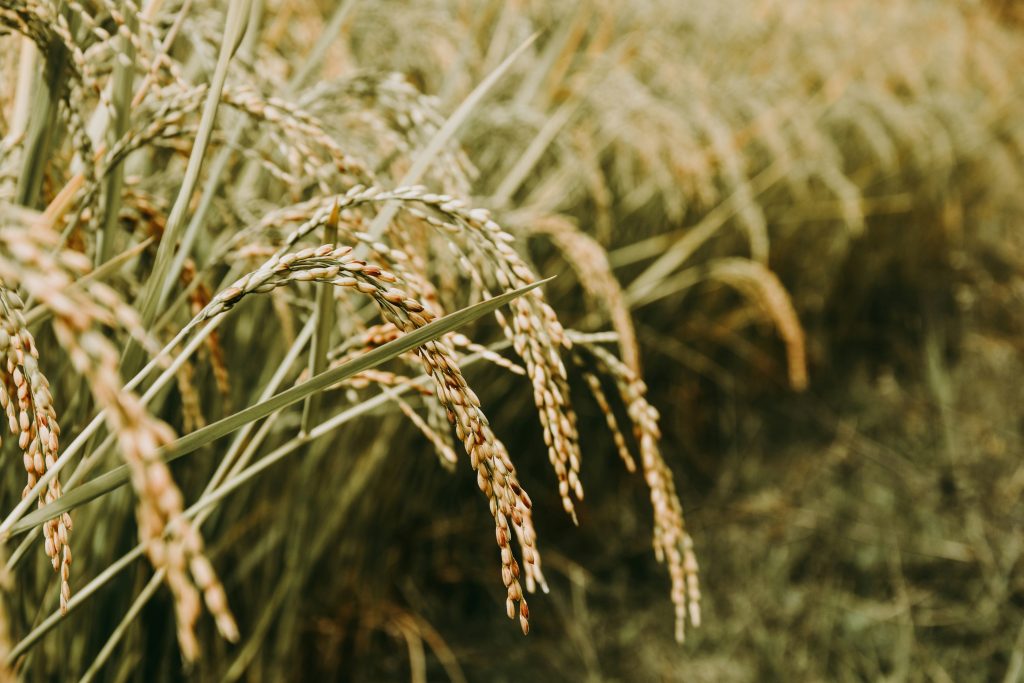Latex crops have emerged as a fascinating and economically significant category within the realm of agriculture. The term “latex crops” refers to plants that produce latex, a milky fluid found in various cells of these plants. This fluid is rich in complex organic compounds and is utilized in a multitude of industries, ranging from manufacturing to healthcare. In this comprehensive exploration, we will explore the world of these crops, examining different examples, their characteristics, and the myriad applications of the latex they produce.
What are Latex Crops?
Latex crops are plants that produce latex, a viscous, white or yellowish fluid with unique chemical properties. This latex is often found in specialized cells known as laticifers, which are present in various parts of the plant, including leaves, stems, and fruits. The most common source of latex is the rubber tree (Hevea brasiliensis), but several other plants also contribute to the latex industry.
Examples of Latex Crops
- Rubber Tree (Hevea brasiliensis)
- Opium Poppy (Papaver somniferum)
- Milkweed (Asclepias spp.)
- Fig Tree (Ficus spp.)
- Dandelion (Taraxacum spp.)
Rubber Tree (Hevea brasiliensis)
The rubber tree is perhaps the most iconic latex crop, known for its pivotal role in the rubber industry. The latex obtained from the tree’s bark contains latex particles that can be processed into rubber. This versatile material is used in manufacturing tires, industrial goods, and various consumer products.
Opium Poppy (Papaver somniferum)
While the opium poppy is notorious for its role in producing opiates, it is also part of the latex family. The latex obtained from the poppy plant is known as opium latex, and it contains alkaloids such as morphine and codeine. This latex is the basis for the production of various pharmaceutical drugs.
Milkweed (Asclepias spp.)
Milkweed is a crop that plays a vital role in the survival of monarch butterflies. The latex produced by milkweed plants contains toxic compounds that deter herbivores, serving as a natural defense mechanism. Additionally, the fibers in milkweed latex have been explored for potential use in textiles.
Fig Tree (Ficus spp.)
Fig trees produce latex with coagulating properties, historically used as a source of birdlime for trapping birds. The latex from certain fig species has also been investigated for its potential medical applications, including wound healing and antimicrobial properties.
Dandelion (Taraxacum spp.)
Dandelions are unconventional crops that have gained attention for their potential in rubber production. Researchers are exploring the latex obtained from dandelion roots as an alternative source of natural rubber, contributing to sustainable practices in the rubber industry.

Characteristics of Latex Crops
Characterized by their ability to produce latex, exhibit a range of distinctive features that contribute to their ecological significance and economic importance. Understanding these characteristics is crucial for appreciating the diverse roles these crops play in various industries. Let’s look into the key traits that define latex crops:
1. Laticiferous Tissues
They are distinguished by the presence of laticiferous tissues, specialized cells that produce and store latex. These cells are found in different parts of the plant, including the bark, leaves, stems, and sometimes even in the fruits.
2. Latex Composition
The latex itself is a complex fluid containing a mixture of compounds, including proteins, alkaloids, sugars, and other organic substances. The composition of latex varies among different crops, giving rise to unique properties and applications.
3. Defensive Mechanisms
Many latex crops utilize latex as a defense mechanism against herbivores. The latex often contains toxic or bitter compounds that deter animals from feeding on the plant. This defensive strategy enhances the plant’s chances of survival in the natural environment.
4. Coagulation Properties
Latex from certain crops exhibits coagulation or solidifying properties. This characteristic is harnessed in various industries, such as rubber production, where the coagulated latex is processed into durable and elastic rubber.
5. Regenerative Ability
Latex crops, particularly rubber trees, possess remarkable regenerative capabilities. Tapping the bark of a rubber tree for latex does not harm the tree significantly, and it can continue to produce latex for several years.
6. Ecological Adaptations
Latex crops often display adaptations to thrive in specific ecological niches. For example, some species may be well-suited to tropical climates, while others can withstand arid or temperate conditions.
7. Economic Significance
The economic importance of latex crops cannot be overstated. Rubber, derived from the latex of the rubber tree, is a vital commodity in industries ranging from automotive to manufacturing. Similarly, latex from other crops serves as raw material for pharmaceuticals, textiles, and adhesives.
8. Harvesting Techniques
Harvesting latex from crops involves specific techniques to ensure optimal yield without harming the plant. For example, rubber trees are tapped by making incisions in the bark, allowing the latex to flow and be collected without causing permanent damage.
9. Diversity of Latex Plants
Latex crops encompass a diverse range of plant species beyond the well-known rubber tree. From opium poppies producing latex for pharmaceutical purposes to milkweed with its unique defensive latex, the variety of latex crops reflects the adaptability of this characteristic across different plant families.
10. Sustainable Potential
With increasing emphasis on sustainable practices, certain latex crops, such as dandelions, are being explored as alternatives to traditional rubber sources. These crops offer the potential for environmentally friendly and renewable latex production.
11. Cultural and Historical Significance
Latex crops often hold cultural and historical significance. For example, the opium poppy has played a role in traditional medicine and rituals, while the rubber tree has shaped the economies of countries in which it is cultivated.
12. Challenges in Latex Production
Latex crops face challenges such as susceptibility to diseases, variations in latex yield, and the need for sustainable cultivation practices. Overcoming these challenges is crucial for ensuring a stable supply of latex for various industries.
Understanding these characteristics provides a holistic perspective on latex crops, emphasizing their ecological roles, economic contributions, and potential for sustainable innovation in the ever-evolving landscape of agriculture and industry.
Read also: Classification of crops
Uses of Latex Crops
Latex obtained from various crops serves as a valuable resource with diverse applications. Here are 15 uses of latex crops:
1. Rubber Production
The primary use of latex crops like the rubber tree is in the production of natural rubber, a crucial material in the manufacture of tires, footwear, and industrial goods.
2. Pharmaceutical Industry
Latex from opium poppies is a source of alkaloids used in the pharmaceutical industry to produce pain-relieving and sedative medications.
3. Textile Industry
Certain latex crops, including milkweed, contribute fibers that can be explored for use in textiles, providing a sustainable alternative to traditional materials.
4. Adhesive Production
Latex crops are a source of natural adhesives, with latex properties enabling the creation of sticky substances used in various applications.
5. Wound Healing
Studies suggest that latex from certain fig trees may have wound-healing properties, making it a potential natural remedy for skin injuries.
6. Birdlime Production
Latex from fig trees, historically used in birdlime production, is a sticky substance that aids in trapping birds for various purposes.
7. Agriculture
Latex crops contribute to agricultural practices, with their latex playing a role in plant defense mechanisms against herbivores.
8. Latex Gloves
Latex obtained from rubber trees is a key component in the production of latex gloves, widely used in healthcare settings for protection against pathogens.
9. Balloon Manufacturing
Latex from rubber trees is a primary material in the manufacturing of latex balloons, a popular decorative item for various occasions.
10. Latex Paint
Natural latex is used in the production of latex paint, providing a durable and flexible coating for walls and surfaces.
11. Rubberized Fabrics
They contribute to the production of rubberized fabrics, which find applications in rainwear, inflatable structures, and other specialized products.
12. Traction Coatings
Latex is used in the production of coatings for surfaces requiring enhanced traction, such as roads, playgrounds, and sports courts.
13. Textile Printing
Latex-based inks are used in textile printing, offering advantages such as durability and color vibrancy.
14. Horticulture
They are employed in horticulture for their role in plant defense and their potential use in pest management.
15. Sustainable Rubber Alternatives
Research into crops like dandelions aims to provide sustainable alternatives to traditional rubber sources, contributing to environmentally friendly practices in the rubber industry.
The bottom line
The world of latex is a captivating intersection of nature and industry. From the rubber tree’s essential role in the tire manufacturing process to the opium poppy’s contribution to pharmaceuticals, latex crops offer a diverse array of applications. As technology advances and sustainability becomes a focal point, exploring unconventional latex sources like dandelions opens up new possibilities for a more eco-friendly future. Understanding the significance of latex crops not only sheds light on their economic importance but also underscores the need for responsible and sustainable practices in harnessing nature’s resources.
FAQs
- What is the botanical name of latex crops?
- These crops encompass various plant species, and their botanical names differ. Examples include Hevea brasiliensis (rubber tree), Papaver somniferum (opium poppy), Asclepias spp. (milkweed), Ficus spp. (fig tree), and Taraxacum spp. (dandelion).
- What are the examples of natural latex?
- Natural latex examples include the latex obtained from the rubber tree (Hevea brasiliensis) used in rubber production, opium latex from the opium poppy (Papaver somniferum) utilized in pharmaceuticals, and milkweed latex from Asclepias spp., which has potential applications in textiles.
- What are three examples of latex crops?
- Examples include;
- Rubber Tree (Hevea brasiliensis)
- Opium Poppy (Papaver somniferum)
- Milkweed (Asclepias spp.)
- Examples include;
- What are some latex products?
- Latex is used in various products, including:
- Rubber goods (tires, footwear, industrial products)
- Pharmaceuticals (opiates derived from opium latex)
- Latex gloves
- Balloons
- Textile fibers (from certain latex crops)
- Adhesives and glues
- Latex paint
- Latex is used in various products, including:
- In which tree is latex commonly found?
- It is commonly found in the rubber tree (Hevea brasiliensis), making it a primary source for natural rubber production.
- Which tree produces latex?
- The rubber tree (Hevea brasiliensis) is a notable example of a tree that produces latex. Latex is obtained by tapping the bark of the rubber tree, and it serves as the primary source of natural rubber.

